Industry information
Company News
- Aluminum veneer curtain wall, the fashionable outerwear of modern architecture
- Fluorocarbon aluminum veneer: the secret weapon of architectural aesthetics
- Aluminum veneer curtain wall, the new darling of modern architecture?
- Aluminum veneer customization: an artistic journey to create personalized spaces
- Hyperbolic Aluminum Veneer: The New Favorite of Curved Beauty in Modern Architecture
Industry dynamics
- Aluminum veneer curtain wall: the fashionable new favorite in the construction industry
- Aluminum veneer customization, creating exclusive space aesthetics!
- Fluorocarbon aluminum veneer: the green new favorite of future buildings?
- What is the compressive performance of fluorocarbon aluminum veneer?
- Fluorocarbon aluminum veneer: the "fashionable coat" of modern architecture
Frequently asked questions
- What are the applications of aluminum veneer in the construction industry?
- What are the applications of aluminum veneer in the interior decoration industry and how can they be improved?
- What are the applications of aluminum veneer in the construction industry and how can they be improved?
- What issues should be noted during the processing of aluminum veneer?
- What factors will affect the price of aluminum veneer?
contact us
Mobile:+86 15627778610
Email: 2201229786
Address: No. 5 Binjiang Road, High tech Zone, Zhaoqing City, Guangdong Province
The application of aluminum veneer in green buildings
- Author: Lesilong Technology (Guangdong) Co., Ltd
- Release time: 2022-03-02 19:59:25
- Click:0

Green building is a construction method that focuses on energy conservation, environmental protection, and sustainable development as its core concepts.Aluminum veneerAs a new type of building material, it has the characteristics of lightweight, durability, and aesthetics, and is very suitable for application in green buildings. Let's learn about the application of aluminum veneer in green buildings together.
Aluminum veneer can improve the thermal insulation performance of buildings. Aluminum veneer has good thermal insulation performance, which can effectively prevent the transmission of indoor and outdoor temperatures, thereby reducing the energy consumption of air conditioning and heating systems. Aluminum veneer can also adopt a double-layer or three-layer structure to further improve its insulation performance, thereby reducing energy consumption and environmental pollution.
Aluminum veneer can improve the energy-saving performance of buildings. Aluminum veneer has a low heat transfer coefficient and thermal resistance value, which can effectively reduce energy exchange inside and outside buildings, thereby reducing energy consumption. Aluminum veneer can also use technologies such as solar panels to convert solar energy into electrical energy, further reducing energy consumption and environmental pollution.
In addition, aluminum veneer can also improve the waterproof performance of buildings. Aluminum veneer has good waterproof performance, which can effectively prevent rainwater from infiltrating into the interior of buildings, thereby protecting the structure and decoration materials of buildings. Aluminum veneer can also be treated with special surface treatment methods to further improve its waterproof performance, thereby extending the service life and maintenance cost of buildings.
Aluminum veneer can also improve the environmental performance of buildings. Aluminum veneer is a recyclable material that can reduce waste generation and environmental impact. The production process of aluminum veneer is also relatively environmentally friendly, and can be recycled to reduce resource waste and environmental pollution.
The application of aluminum veneer in green buildings is of great significance. Only by fully understanding these factors can we fully leverage the advantages of aluminum veneer and contribute to the development of green buildings. We still need to constantly explore and innovate, develop more environmentally friendly, energy-saving, and sustainable building materials and technologies, and promote the sustainable development of the construction industry.


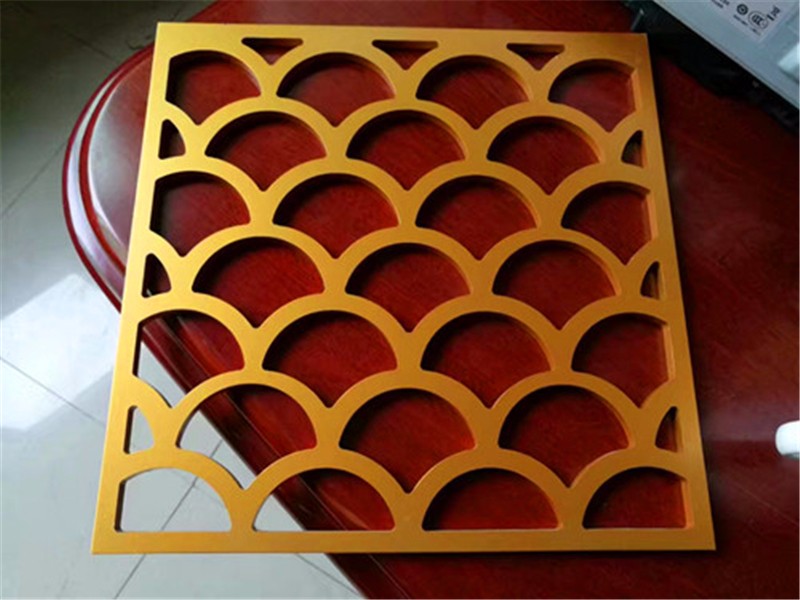
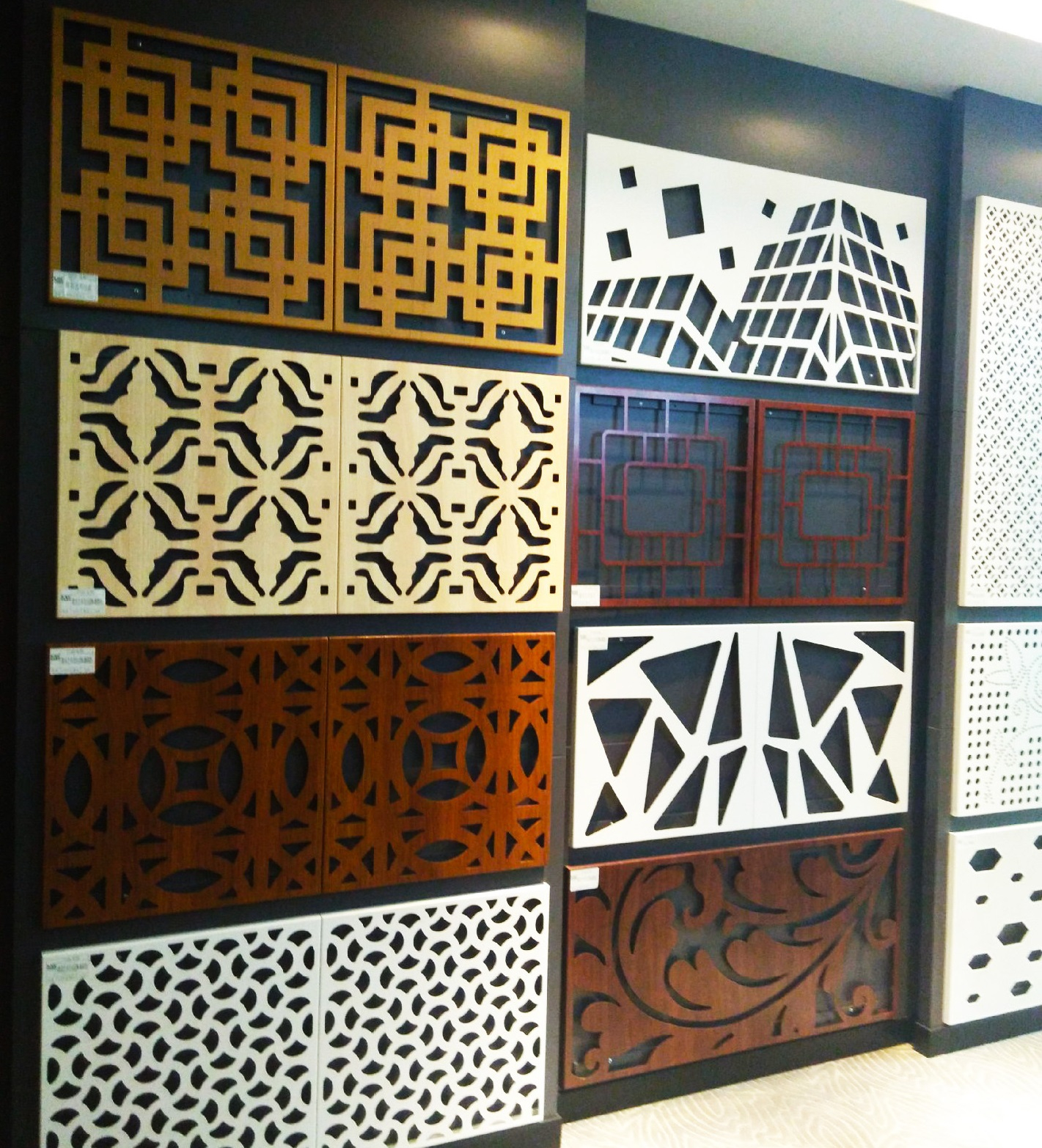
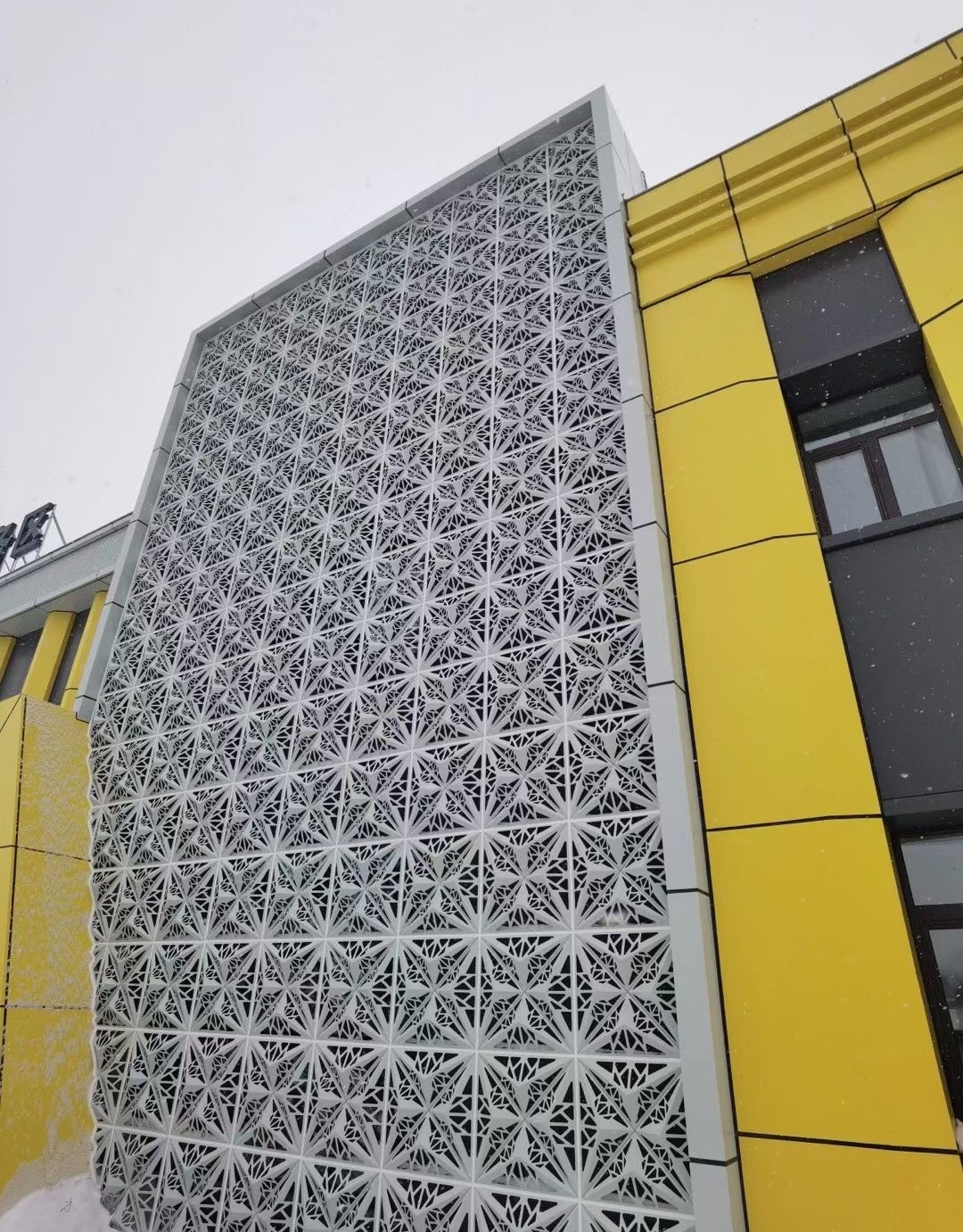
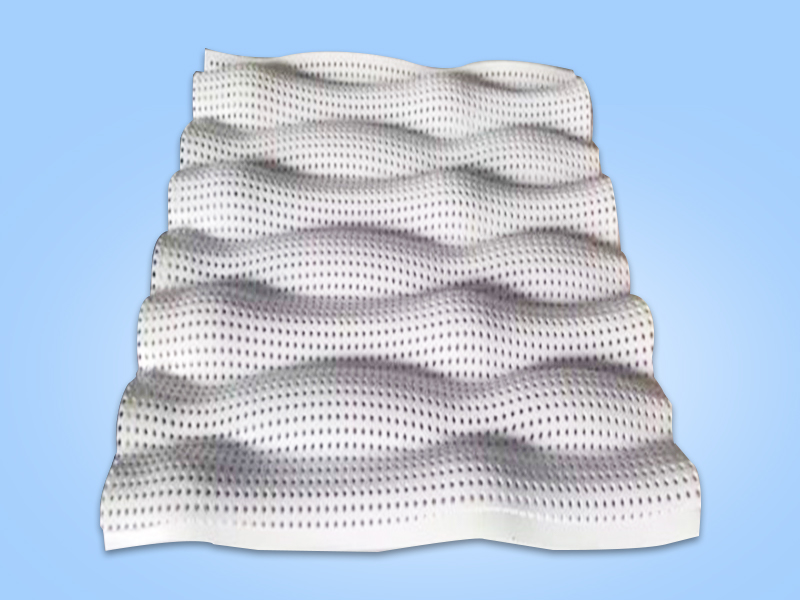
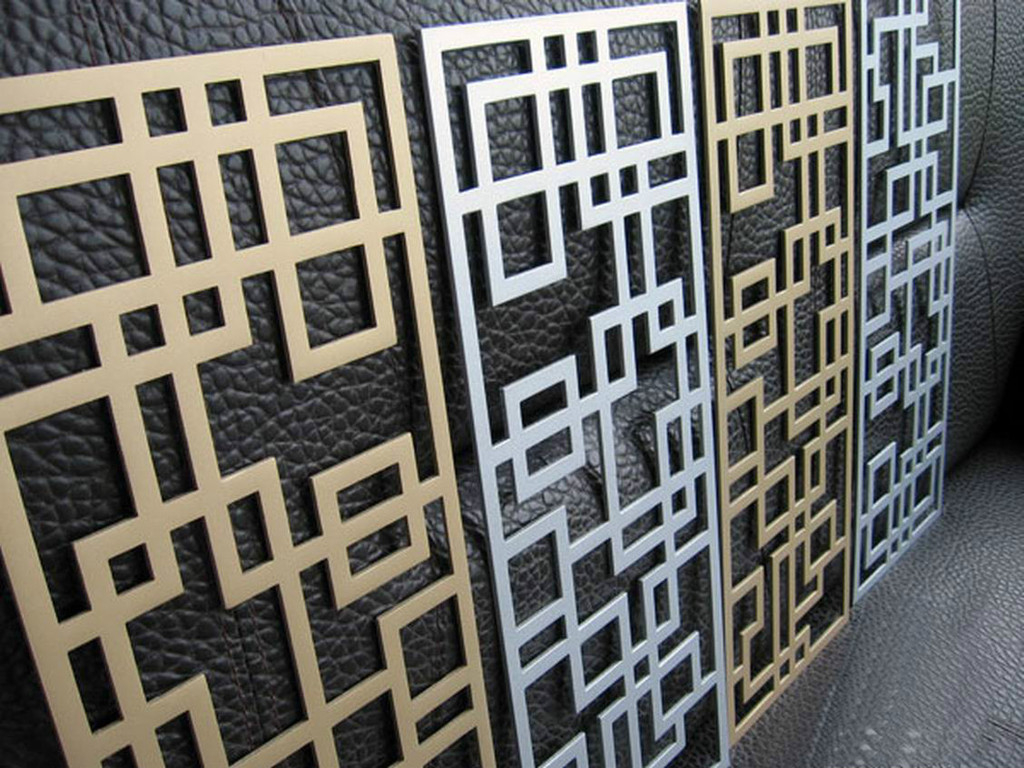
 Customer service QQ
Customer service QQ